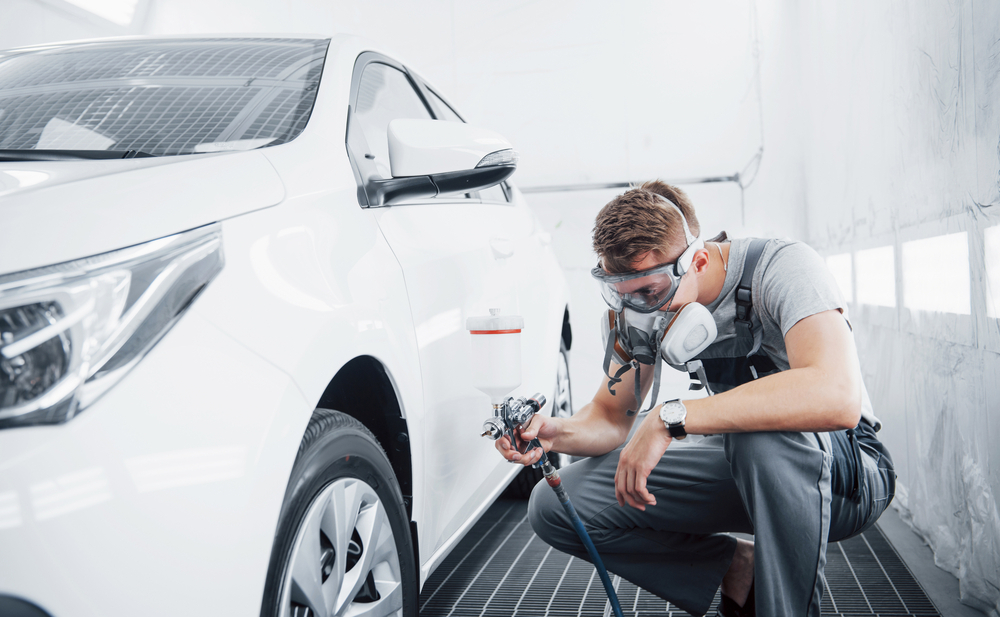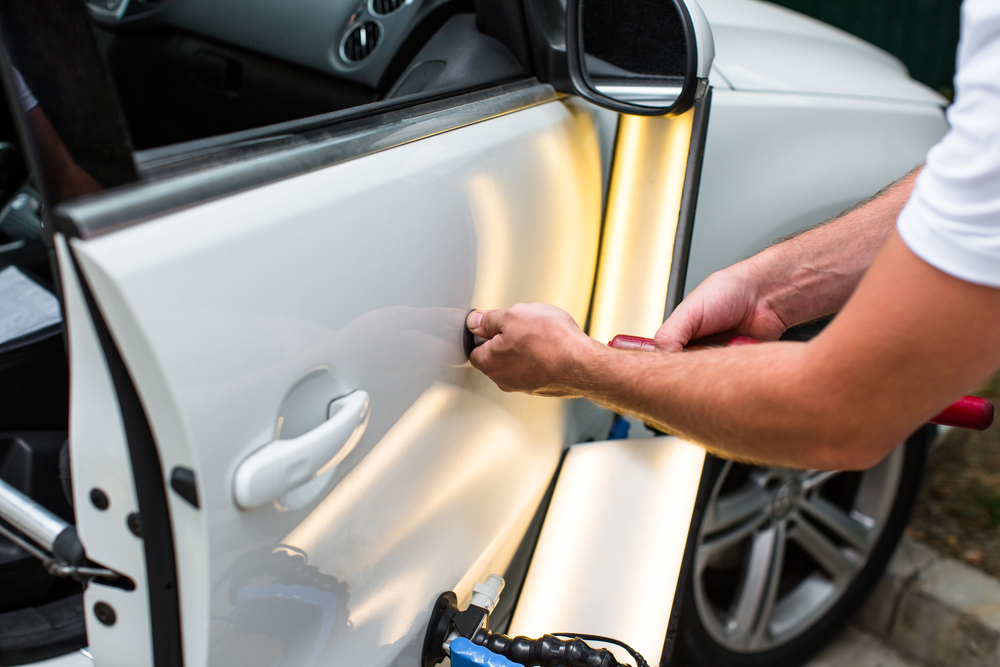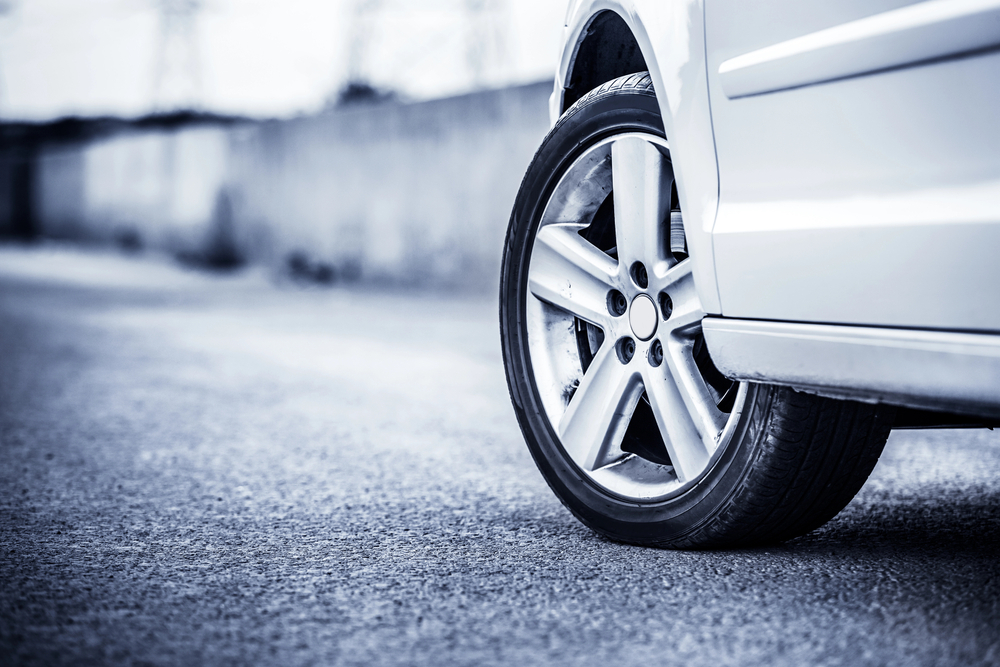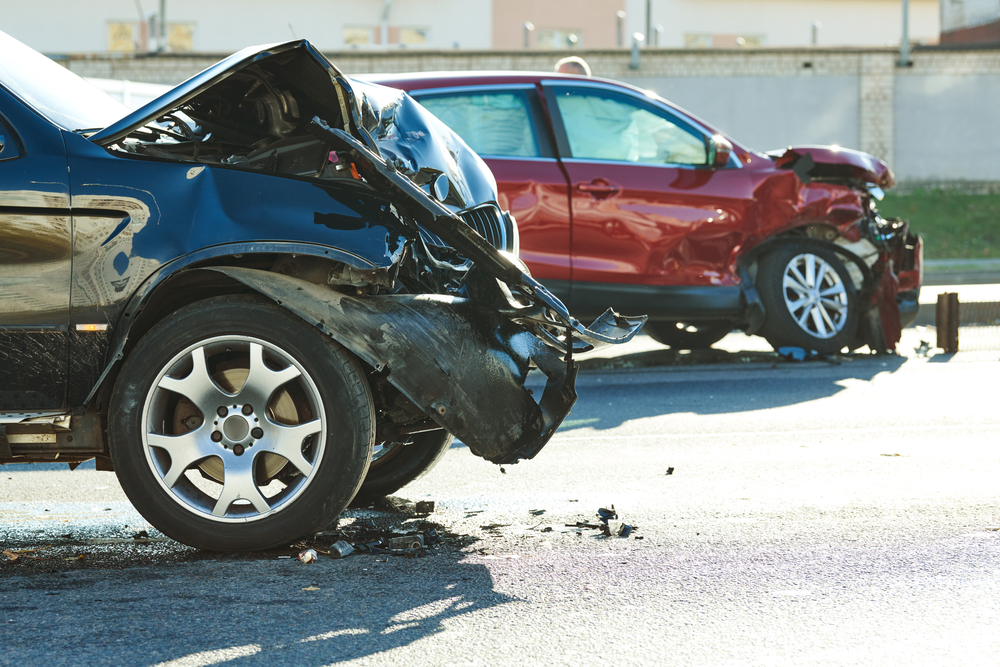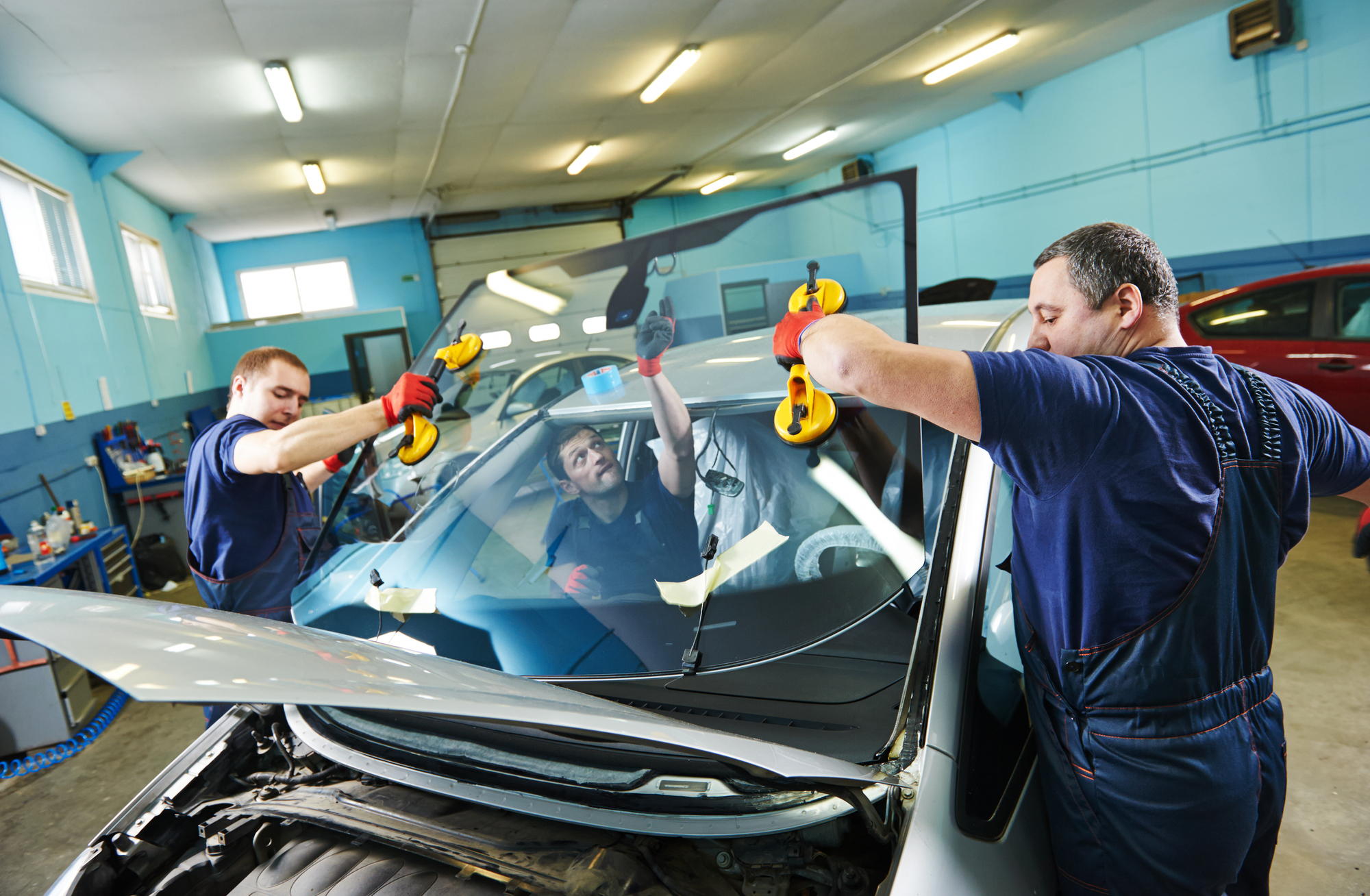Accidents can cause a lot of damage to your vehicle, no matter how it happens. When there is damage to the vehicle, it can lose not only structural integrity but also its aesthetics. Naturally, you want to restore your vehicle to its pre-accident condition, but should you get your car repainted after an accident in Sewell, NJ? Are there any downsides to not repainting your vehicle? Let’s look at some factors to consider to help you decide on whether to get your car painted, as well as some questions that may arise about the repainting process.
Key Takeaways
- Check your insurance policy to understand if paint damage is covered under collision or comprehensive coverage. You may still be responsible for a deductible.
- In New Jersey, there’s no legal obligation to repaint your car after an accident unless it affects safety or structural integrity.
- Repainting your car can prevent further damage like rust and corrosion, maintaining its structural integrity. It also preserves the vehicle’s aesthetic appeal, enhancing resale value.
- Reputable collision repair centers offer expert guidance and communicate with customers to address concerns and achieve satisfactory results.
Does Car Insurance Cover Paint Damage?
Whether your car insurance covers paint damage depends on your policy. Do you have comprehensive coverage, collision coverage, or something else?
Collision coverage as the name suggests, covers damage to your vehicle resulting from collisions with other vehicles or objects. If the paint damage is a direct result of a collision, such as being scraped against another car or hitting a stationary object, it may fall under collision coverage. This includes scenarios where the paint is scratched, chipped, or otherwise damaged during the accident.
Comprehensive coverage is for things beyond a collision and typically covers non-collision-related damages to your vehicle. This includes incidents such as vandalism, theft, fire, falling objects, or damage caused by natural disasters like hail or floods. If your car’s paint is damaged due to any of these events, comprehensive coverage may cover the cost of repairs.
Keep in mind that regardless of whether the paint damage is covered under comprehensive or collision coverage, you may still be responsible for paying a deductible before your insurance kicks in to cover the remaining repair costs. The deductible amount is predetermined when you purchase your policy and can vary depending on your coverage selections.
Do You Have to Get Your Car Repainted After an Accident in New Jersey?
No, you do not. In New Jersey, there’s no legal requirement to repaint your car after an accident unless the damage affects the structural integrity or safety of the vehicle. However, it’s essential to consider the aesthetic and functional aspects when making this decision.
Reasons to Get Your Car Repainted After an Accident in Sewell, NJ
Repainting your car may not be on the top of the priority list, it is an important step in returning your car to its pre-accident condition. That said, if you are still unsure whether to get your car repainted, here are some reasons to consider it:
1. Prevention of Further Damage
When your car’s paint is compromised due to an accident, it exposes the underlying metal to moisture, dirt, and other corrosive substances. Over time, this exposure can lead to rust and corrosion, which can significantly compromise the structural integrity of your vehicle.
By repainting damaged areas promptly after an accident, you create a new protective layer that shields the metal from further damage. This proactive approach helps prevent rust and corrosion from spreading, ultimately prolonging the lifespan of your vehicle and reducing the likelihood of costly repairs down the line. Additionally, addressing paint damage promptly can prevent water from seeping into vulnerable areas, such as door edges or panel seams, where rust can start to form unnoticed.
2. Maintenance of Car’s Value
The appearance of your vehicle plays a significant role in its resale value. Potential buyers are naturally drawn to cars that look well-maintained and visually appealing. Visible paint damage resulting from an accident can detract from the overall aesthetic appeal of your car, potentially lowering its resale value.
By investing in repainting damaged areas after an accident, you restore your vehicle’s exterior to its pre-accident condition, enhancing its curb appeal and marketability. A freshly painted car not only looks better but also gives the impression that it has been well cared for, which can positively influence potential buyers’ perception of its value.
What is the Typical Cost of Paint Repair?
The cost of paint repair or restoration will depend on the severity of the damage, as well as the make, model, and color of the vehicle. Chips and cracks or deep scratches all have different ranges. Estimated costs can sometimes range anywhere from $100 to $1,000 per section. Furthermore, the paint type used at the collision repair center will influence the cost.
Will the New Paint Match the Old Paint?
Professional auto body shops utilize advanced color matching techniques to ensure the new paint seamlessly blends with the old. Despite this, factors like the age of the existing paint, sun exposure, and environmental conditions can impact the match. Reputable collision repair centers offer expert guidance, assessing the existing paint’s condition and recommending appropriate methods like blending or feathering to achieve a seamless transition.
Customers should communicate any relevant vehicle history to assist technicians, and regular updates ensure concerns are addressed promptly. While advanced technology aids in precise color matching, subtle differences may remain due to environmental factors or paint aging. Nonetheless, skilled technicians strive to minimize disparities and provide quality results.
Contact a Sewell Collision Repair Center Today
Should you repaint your car after an accident in Sewell, NJ? More often than not, repainting your vehicle is the correct choice for a number of reasons. If you’ve been in an accident and are considering repainting your car, Elmer’s Auto Body, a trusted collision repair center in Sewell, NJ, can help. Our experienced technicians specialize in paint repair and restoration, ensuring that your vehicle looks as good as new. Contact us today by calling on of our three locations or by filling out the online form for a consultation and let us restore your car’s beauty and value.

